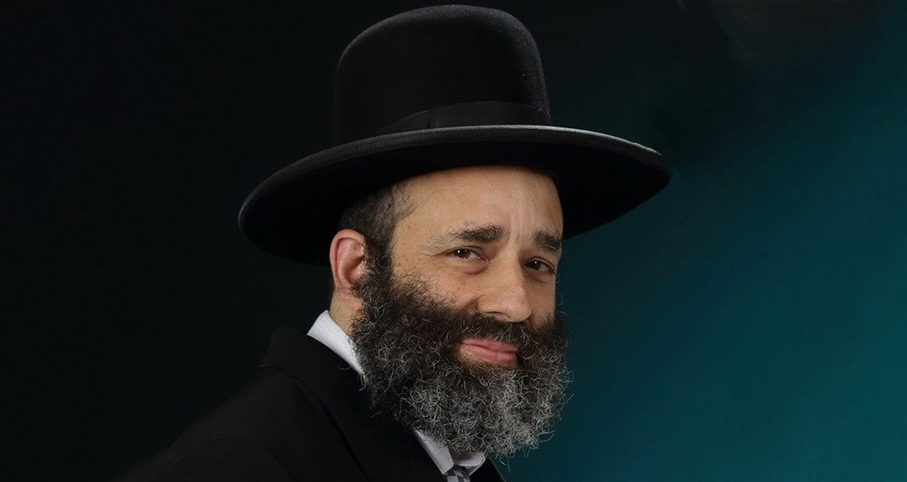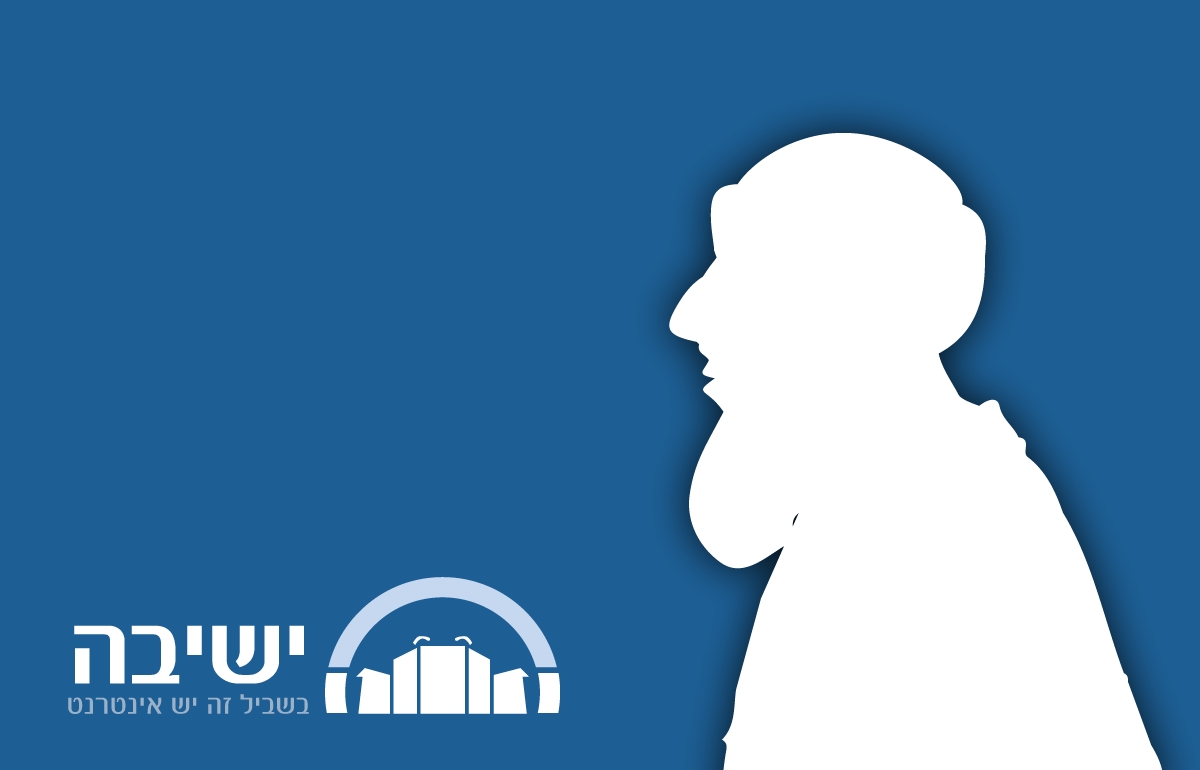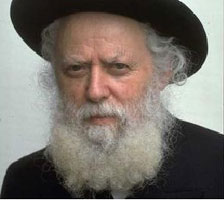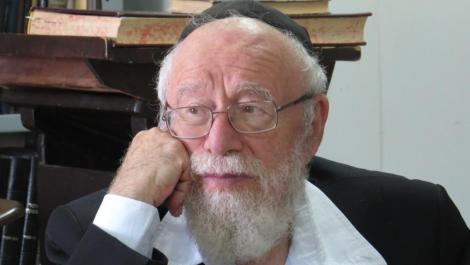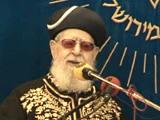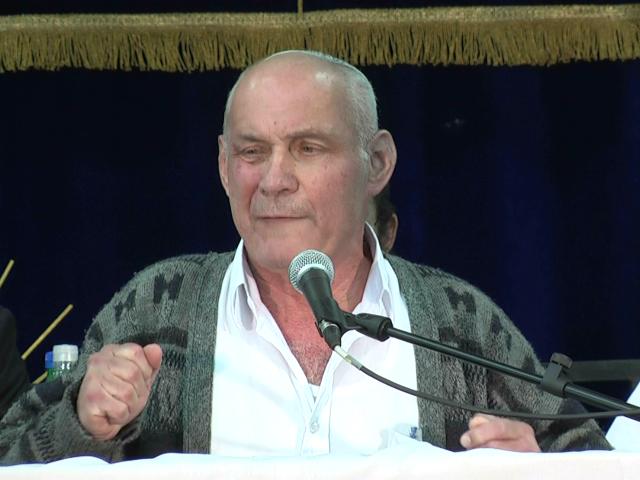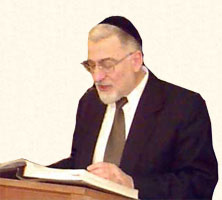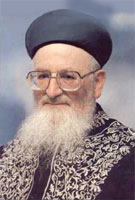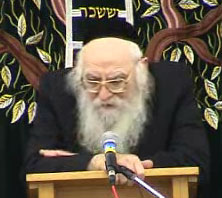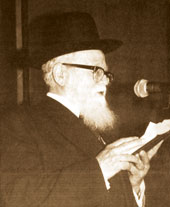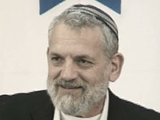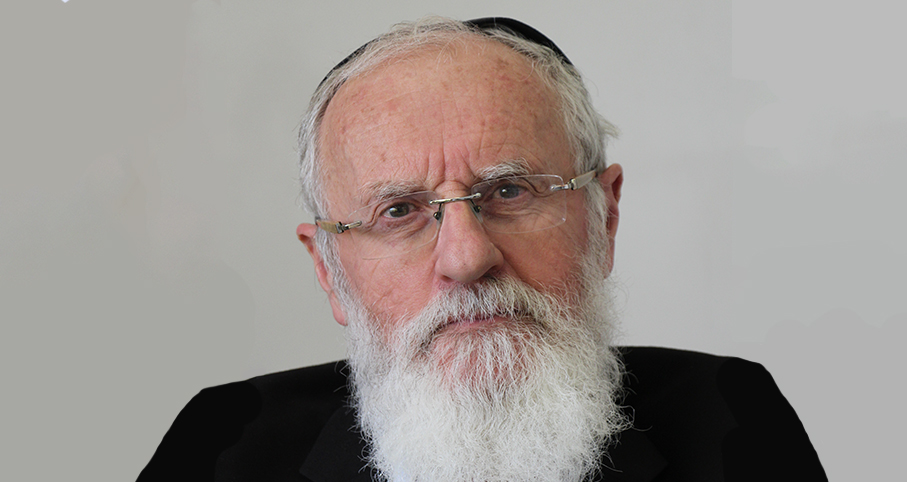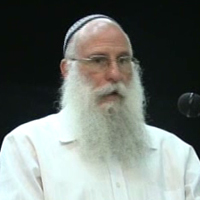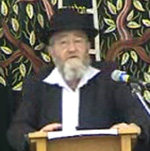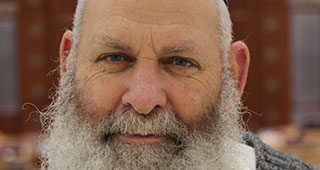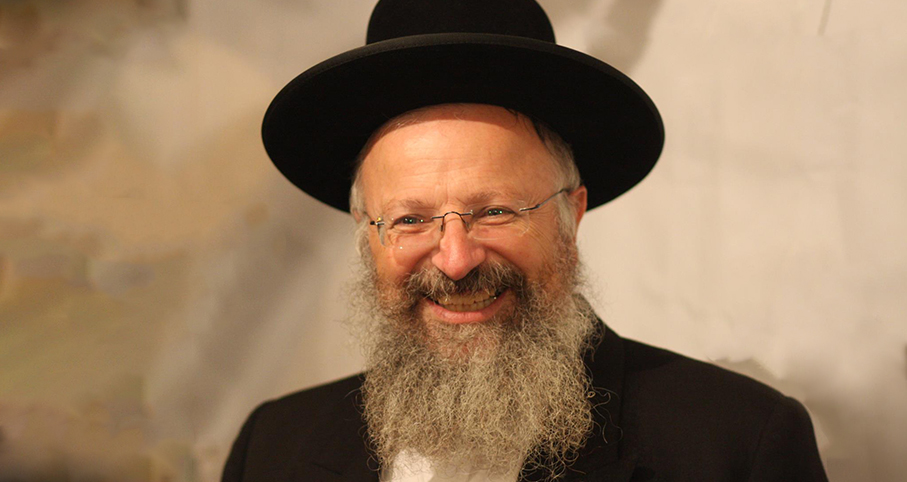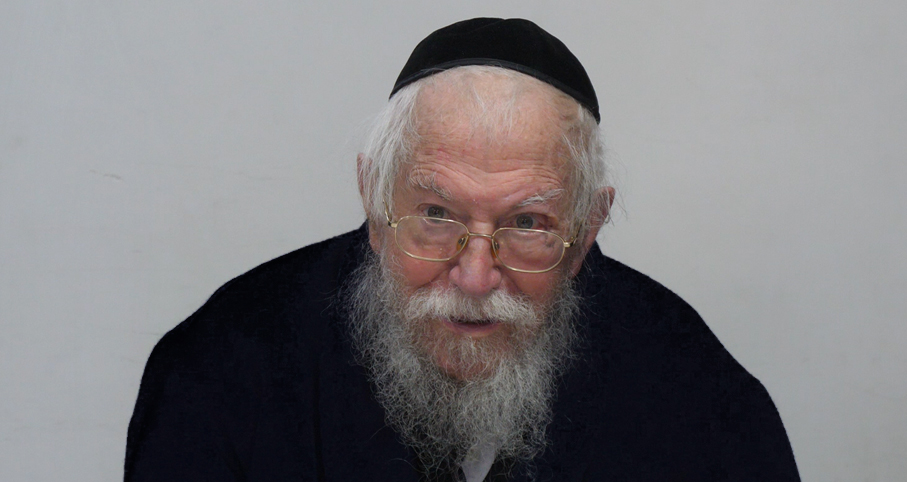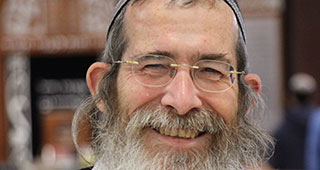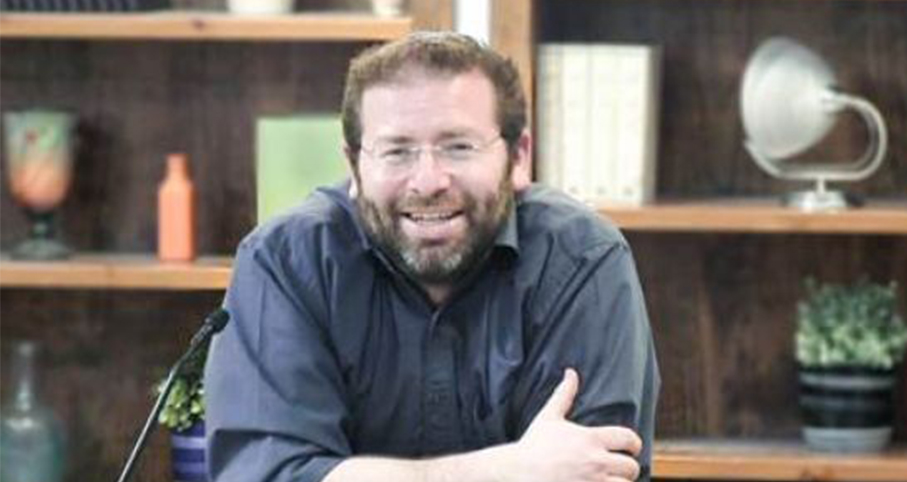Beit Midrash
- Sections
- Chemdat Yamim
- Parashat Hashavua
- Torah Portion and Tanach
- Bereshit
- Chayei Sara
The Torah section begins with the impressive titles for the servant – "the elder of his house" and "who controls everything that [Avraham] had" (ibid. 2). Chazal (including in Yoma 28b) are confident that this is Eliezer, who they call "an elder who sat in the academy." His name comes up in Lech Lecha (15:2), where he is described as "ben meshek of my house" and "of Damasek," which Chazal interpret with the Hebrew words for "draw and give to drink" from the Torah of his master to others. Thus, they connected the accounts written two parshiyot away from one another, and especially the descriptions of him, to claim that they refer to one person.
Chazal also attribute to him the pasuk in Mishlei (13:25), "The righteous eat so that their spirit is satiated." The midrash (Bamidbar 21:20) says that this refers to Eliezer, as he asked Rivka for a little to drink, as the righteous person did not need to ask for more.
We will now look at some principles that Chazal used to explain p’sukim of Tanach such as ours. Seder Olam Rabba taught us that "Scripture does not come to leave things unclear but to elucidate" (ch. 1). Talmud Yerushalmi expresses the idea as follows: "The words of Torah are poor in one place and rich in another" (Rosh Hashana 3:5). In other words, Tanach explains itself, as in one place the text will be poor and closed, but the information can come from a "richer" context. This gives a powerful tool of exegesis – finding connections between texts.
The fact that the word bayit (house), with similar conjugations, is found in both contexts, hints to connect the two and assume they are talking about the same "central character." When the use of the same word appears in a halachic context, it is called a gezeira shava, and that can be used for derivations only when an existing tradition calls for it. In a homiletic context, there are no such limitations.
The rules we have mentioned are based on the assumption that in the first stage, the entire Torah was given from the Heavens as one book. After that, in stages over a long period of time, the books of Nach were given and the process was completed when the Men of the Great Assembly, with powers of prophecy and/or Divine Spirit, sealed the group of books we know as Tanach. From that critical time, Tanach became one work that explains itself, one section from another.
Why would the information on one matter be split among different works? The prophet Yirmiyahu answers that question based on the principle that the one ultimate source for all of the sections of Tanach is Hashem. If so, the information got to us through the books’ "fall" from the highest of places, during which process they were "broken to bits." Only when the pieces are put together again do we receive the ability to understand matters in depth. Yirmiyahu sums up this phenomenon with the pasuk: "Indeed this is My word, which is like fire, says Hashem, and just as a hammer smashes a stone" (23:29).
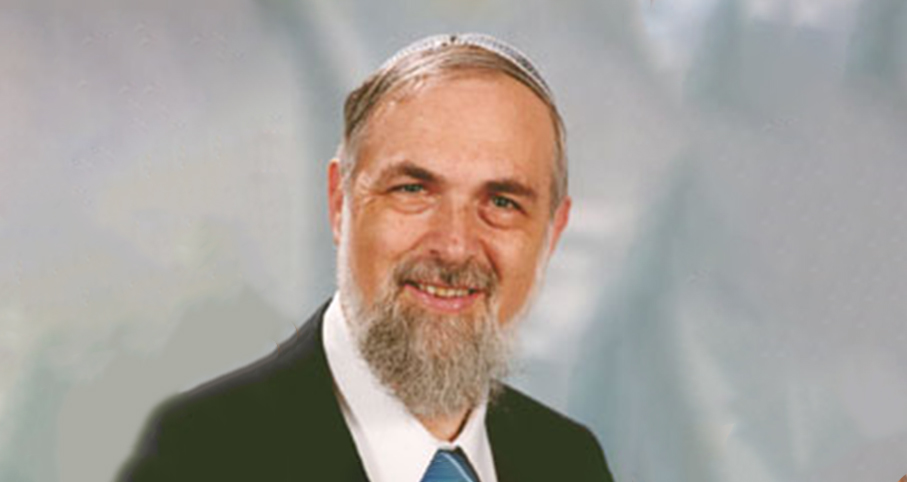
Parashat Hashavua: Nitzavim in the Parasha and by Yam Suf
Rabbi Yossef Carmel | Elul 5785

Parashat Hashavua: What’s in the Name of Noach?
Rabbi Yossef Carmel | Cheshvan 5786

Parashat Hashavua: The Symbolism of Mashiv Haruach U’morid Hageshem
Rabbi Yossef Carmel | Tishrei 5786

